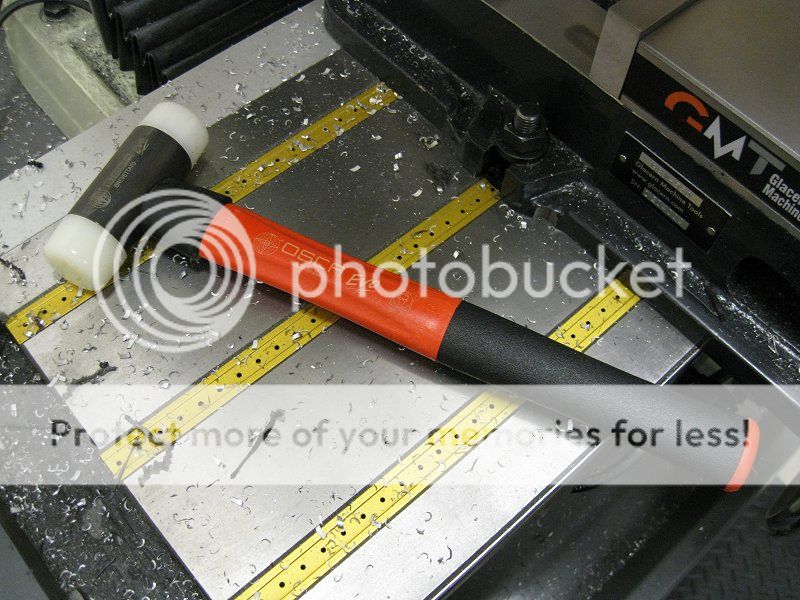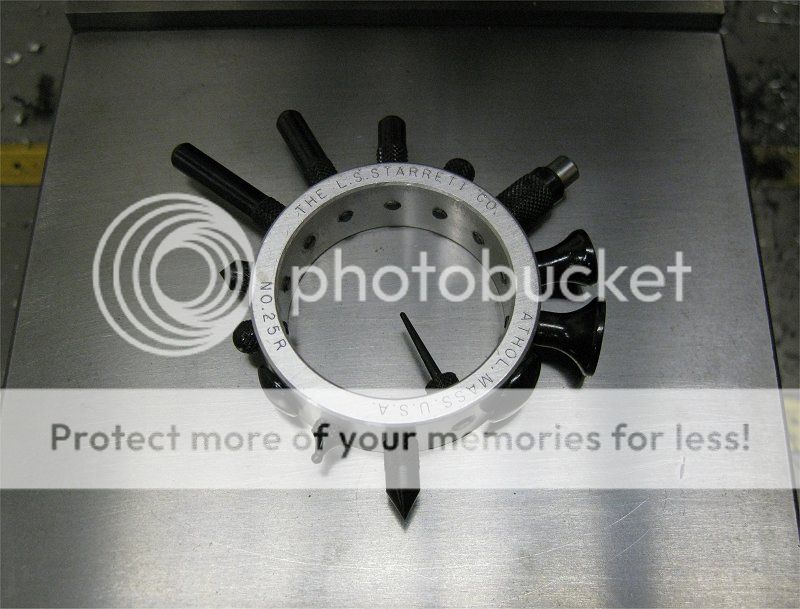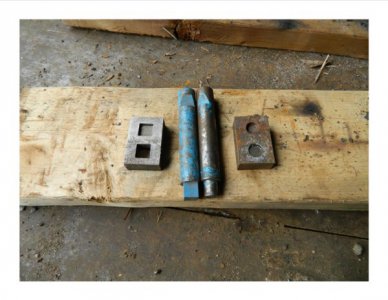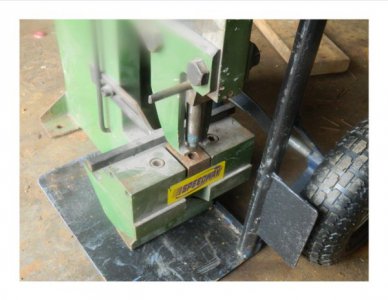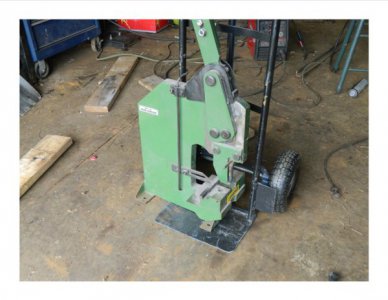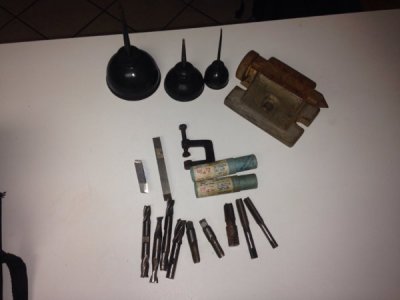A
Alan H.
Forum Guest
Register Today
I thought about an R8 Weldon as well but from the other thread on this topic, looks like Paco, Mark and others are using a 3/4" R8 collet with success. I am going to give the 3/4" R8 collet a try as well. The R8 Weldon would use up some valuable head room so if the collet works, that is a plus from my perspective.


